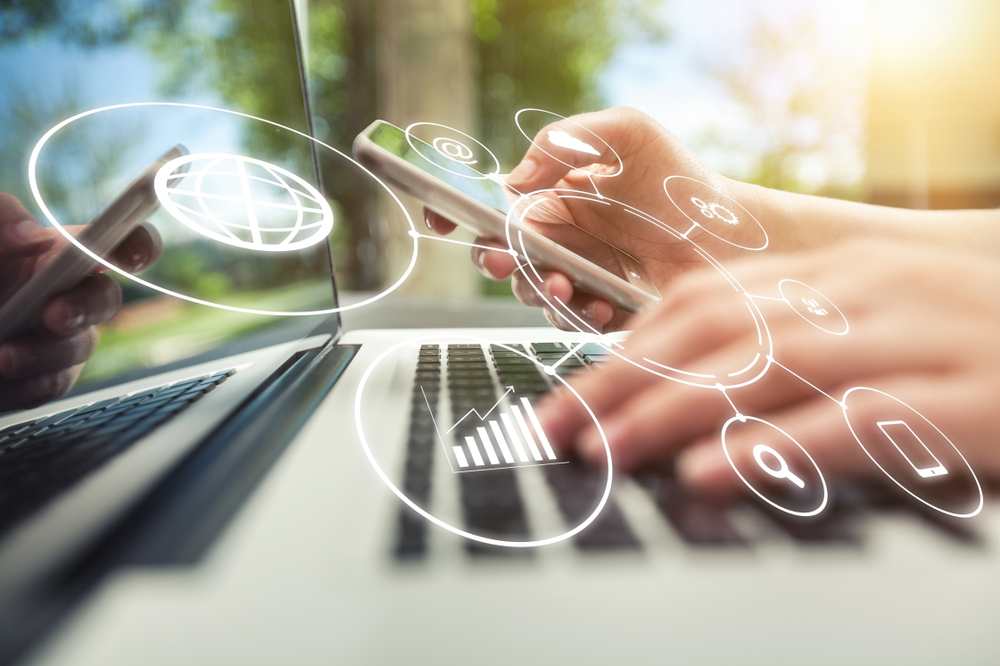Long gone are the days of single customer interactions; the customers of today interact through multi-channels. It’s important as a company to understand how your customers are reaching out; to develop an Omni-channel strategy that can communicate seamlessly your branding message. To build a relevant strategy, the following must be considered – Customer journey; how are customers interacting with you and what channels are they choosing to interact; what kind of technology is needed to accommodate these interactions and what is the correct utilization of each of the channels.
Customer Journey
What is customer journey? The customer journey is the complete sum of experiences and interactions a customer goes through during their transaction with you. Meaning, it’s how you are accommodating your customer from the first interaction to the closing of a deal. Things to consider when mapping your customer journey include onboarding procedure (top of funnel marketing), follow-up procedure (middle of funnel marketing), closing procedure (bottom of funnel marketing), and follow-up procedure. All of these are essential parts of determining a strategy.
Onboarding procedure is the process of what happens when you first interact with the customer. If you’re a marketing company, what follows getting a hot lead at the top of your marketing funnel? Would one of your sales representatives contact the customer? How will they contact the customer? Will it be through a call, email, or a drip marketing campaign?
Follow-up procedure consists of the ways that you keep your customer interested. Maybe your customer is still making considerations regarding your service. What steps do you take to keep them as hot leads? Do you send a series of emails with relevant content? If they are social media leads, do you retarget them with an additional offer, or do you try to follow up after X amount of days? It is essential to keep your follow-up streamlined. If the customer contacted you via social media, would it make sense to keep the conversation on that platform or to progress them to another means of communication?
Closing Procedure – Now that your customers are ready to purchase, how do you accommodate them? This can be as simple as presenting them your product or as complex as having a sales representative go step-by-step through the service — walking clients through questions so that you can better understand their needs and goals. You should make sure that your closing procedure is as simple as possible to ensure your customer has a great experience.
Follow up procedure
You now have a customer who is using your service, but how do you ensure that your customer will have a long lifetime value (LTV) with your company? As a company, are you giving them adequate tools to get support on issues they are having? Are you reaching out to the customer for feedback about your product or service to better understand how you can make the experience better for them? Ensuring that your customer is well taken care of is essential for longevity, positive reviews/feedback, and referrals.
Omni-channel Technology
Now that you have mapped out your customers’ journey, how will you make use of technology to ease customers through the run? When considering technology, there is no such thing as a one-size-fits-all solution out-of-the-box. With so many different tools available, how do you determine which ones are needed and which aren’t? A key technology that is relevant for almost any business vertical is called customer relationship management; you may have heard this called CRM. Other services to consider are social media tools that allow you to constantly monitor interactions comments, messages, and contact points. The last piece of tech to add to your arsenal is your communication software this includes your IVR or items such as bots.
The above technologies all play a crucial part in having an infrastructure designed to cater to your customers across the board. First, let’s talk about your CRM — this is used to track customer interactions. This means anytime a customer contacts you or you contact them, it is documented in one centralized location. This allows for future interactions to be seamless and you can pick up right where you left off. A top-notch CRM will be integrated with your call system including a ticketing system, and even connect with your various social media channels.
If you are a truly omnichannel company, then you will provide your customers with various contact channels to reach you. It’s important to remember that customers interact differently across the different channels available. Customers that reach out via email are okay; waiting a few days to hear back from you; whereas customers who choose to contact you via a messenger app expect fast responses. Therefore, it’s key to utilize software where these contact channels are readily available and can be monitored easily without having to constantly flip between different tools, killing your interaction time.
How are you communicating with your customers? You may have called a company and confronted an automated voice system that helped you determine the best person to assist you or self-help options for easy-to-fix issues. In the coming years, communication will change with self-help options taking the forefront with technologies like NLP (natural language processing) powered bots, searchable suggestive help databases, and intelligent systems that use data to find solutions for you.
Where would one find the solutions spoken of above? This can be a simple or complex answer depending on what you’re looking to accomplish. The best place to start is your local search engine. We have also touched base on several of these technologies in our previous blog posts at https://c9staff.com/blog/.
Utilizing your systems
Now that you have systems in place, knowing how to optimize and utilize them is important. I recently experienced this when working with a company– They had the systems, but they were not effectively utilizing systems they were using, thus causing needless interactions that could have been automated via self-help options. By fully optimizing options in their ticketing-capable CRM, implementing a self-help bot on their main social channels, and creating videos that answered frequent questions, they were able to cut thousands of needless interactions, creating a funnel leading queries into one centralized location and handling more with a smaller efficient team.
Another example was getting a sneak peek at the backend of a successful e-commerce site. The owner had essentially learned to automate every part of the buyer’s journey, support, and he was doing it seamlessly. By fully utilizing the tools available he had created a money machine, with little to no maintenance. He was able to then work on other money-making opportunities while making money in his sleep.
The biggest takeaway is to know your systems! Take the time to understand what they are capable of, and have personnel trained to work with these systems. It will save you time, money, and make your company that much more professional in the long run.




